What is the difference between seeing drops coming off of a dog shaking dry and a dog-shaped blur? The length of time a photograph has been exposed. Shutter speed is important because it is likely to have the greatest effect on on your shots; it is how long the shot is exposed to light, measured in fractions of a second. Most generally, when taking a shot the shutter allows light onto the sensor for only a certain amount of time. Where ISO, and to an extent aperture, are a part of the exposure triangle that is largely mandated by the quality of your equipment, shutter speed is more likely to be decided by creative decisions.

A camera’s shutter speed denotes how much time a camera sensor has to read the available light. The more time the shutter is open, known as a lower shutter speed, the more light the sensor is able to collect. By controlling the amount of time that light can reach the sensor, the photographer can control in part how bright or dark the image is, as well as how blurry or sharp objects in motion may be. Typically this is done with a shutter, a physical lightproof barrier that controls exactly how much time the light coming through the lens is on the camera sensor. In the case of cellphone cameras, they use an electronic shutter, which instead functions by turning on sensor for only the amount of time designated by the shutter speed. Either way, the shutter, whether physical or virtual opens the light floodgates for a very precise amount of time.

When deciding which shutter speed to use, you should figure out what you are trying to capture. Is it a fast moving subject? Is it a perfectly stationary subject? Somewhere in between?
For a fast subject, a high, or fast, shutter speed at or above 1/1000s will freeze most action. This is especially important when trying to capture shots of things such as cars, dogs, or birds. Unless it is very bright out, if you are photographing a fast-moving object, you need to raise the ISO and open up the aperture of your camera.
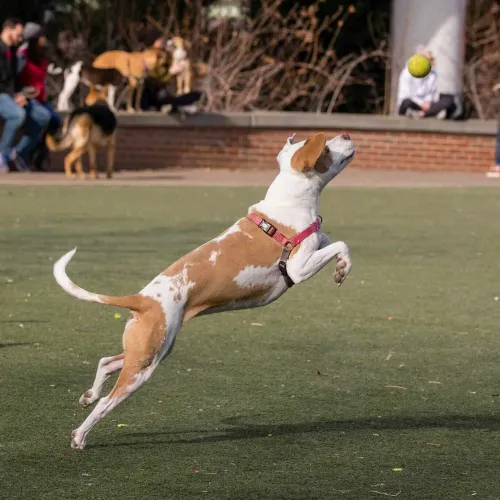
If you are trying to capture a relatively still subject you can use longer shutter speeds in order to balance against other aspects of the exposure triangle. A rule of thumb to consider when setting your shutter speed is keep the bottom number (ie: the 60 of 1/60) larger than the effective focal length of your camera lens. For example, if you are using a 50mm lens, you should keep your shutter speed at or above 1/50s in order to reduce camera shake in your photographs.
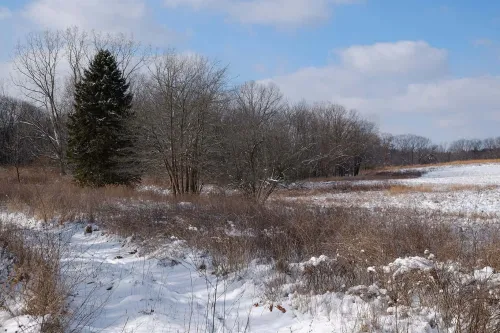
When dealing with a completely motionless landscape or other relatively still subjects, you can use very long shutter speeds in order to lower your ISO and to use a smaller aperture (ie: f11, f16, f22) in order to have a larger part of your picture in sharp focus. This will require a tripod, or a fence post, or a rock, or anything you can level your camera against that will not move.
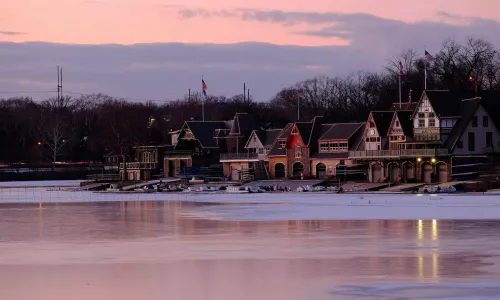
Creative applications:
Over the past couple of months, here is how I was able to use different shutter speeds to a creative effect:
Wissahickon Waterfall – I wanted to catch the waterfall near sunset at Wissahickon park near Philadelphia. In order to get smooth waterfalls implying motion, I stopped the aperture down to f16 and lowered the ISO down to my camera’s minimum (ISO 200) and put the camera on a tripod. I love the ethereal sense the smoothed out waterfalls give.
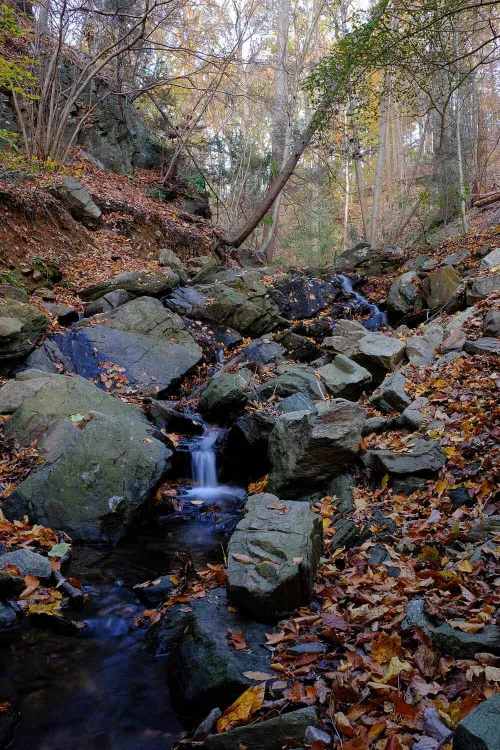
Hurricane Season in Jamaica – I’ve written up a whole article about this photograph. I will add, the trick to capturing lightning is not perfect timing but rather a long exposure. You can stop down your camera to get the scene in focus. The lightning itself is plenty bright enough that it will show in the final photograph.
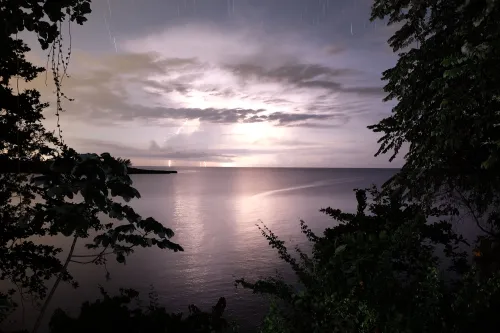
Philly Rush Hour: Winter – To capture long exposure scenes during the day, you will have to stop down the aperture, lower your ISO, and maybe even add a filter to you camera called an neutral density filter (ND filter) in order to cut the amount of light coming into your camera. I used a tripod in the shot in order to capture a blur of traffic while still keeping the skyline buildings in tack sharp focus.

Get that ball! – Not all creative applications of shutter speed need to be slow. This particular image belays my fascination with dogs catching balls. The fast shutter speed shows the snow being kicked up while also freezing the tennis ball and faces in place letting get a nice long look into what is normally a near instantaneous moment.
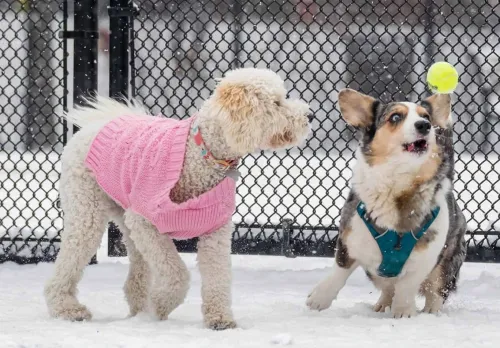
Shutter speed can be very useful for allowing differing amounts of light into your photographs, but with a little bit of planning you can use shutter speed to great dramatic effect.
Go out and have fun!
Read more:
“Shutter (Photography).” Wikipedia, Wikimedia Foundation, 10 Feb. 2018, en.wikipedia.org/wiki/Shutter_(photography).
—
John Hedgecoe’s Complete Guide to Photography, Revised and Updated
This is a book of assignments from the author, which are great to follow and guide you if you are looking for creative inspiration. The book also contains a great many rules of thumb as well as tables and charts that are helpful in deciding camera settings.
The Complete Idiot’s Guide to Photography Essentials
I found this guide to be a great introduction to photography concepts, without being condescending (I know, I know, the name). They cover many of the bases of photography and leave well equipped to learn both composition and technique.
Understanding Exposure, Fourth Edition: How to Shoot Great Photographs with Any Camera
This is a good guide to understanding the basics of getting correct exposure on a photograph, and why. The author proposes sensible rules of thumb that can get you started.

Comments